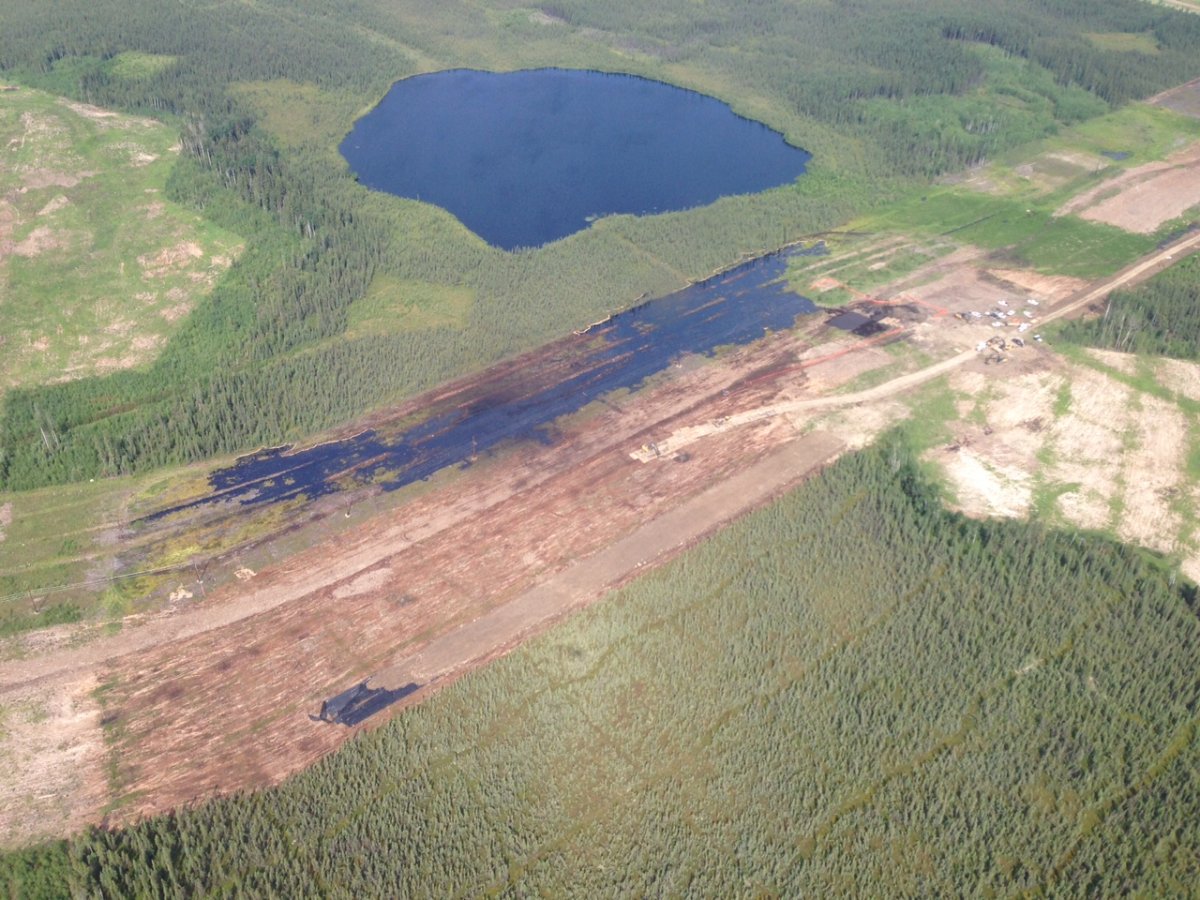TORONTO – Following the news that a Nexen pipeline has spilled roughly 5,000 cubic metres of emulsion, you might be wondering what emulsion is exactly.

We see emulsion in our everyday lives. Do you eat ice cream? Butter? Mayonnaise? All of those things are examples of emulsion.
To understand what emulsion is, just think of oil and water: two substances that don’t mix.
Using something called an emulsifier, you can change those properties so that the two interact better.
In the case of bitumen, in order to extract the oil out of the ground an emulsifier is used, allowing the thick molasses-like substance to flow.

Get daily National news
Thursday’s oil spill contained about 5,000 cubic metres of bitumen emulsion over a 16,000 square-metre area. Clearly a concern to the environment, Nexen said that they are taking measures to ensure that the spillage is contained. Of the amount spilled, about 33 per cent was bitumen. The rest was condensed steam and some sand.
WATCH: Concerns over long-term ecological impacts of Nexen oil spill
READ MORE: 10 things we don’t know about bitumen toxicity
Ron Bailey, Nexen’s senior vice president of Canadian operations, told reporters, “We’re also taking mitigation steps as it relates to environment and wildlife, and we are setting up protective equipment…We are deeply concerned about this. We sincerely apologize for the impact that this has caused.”


Comments